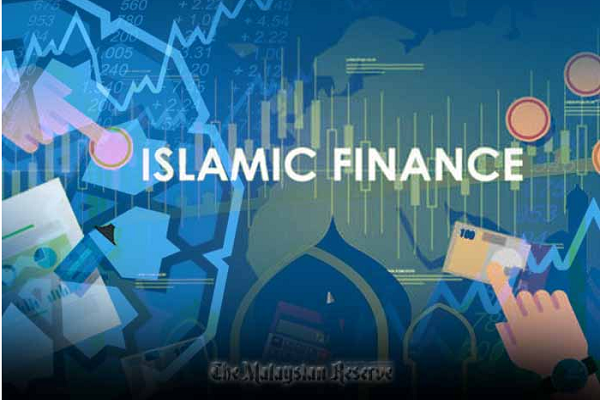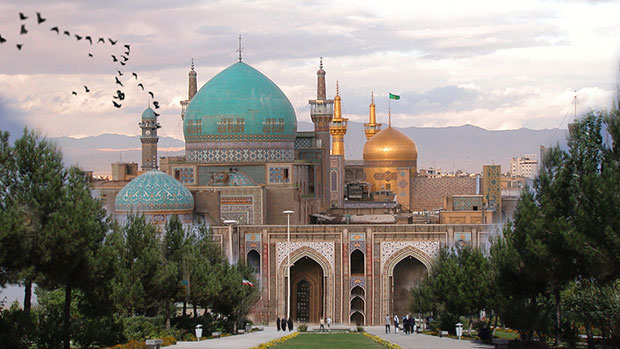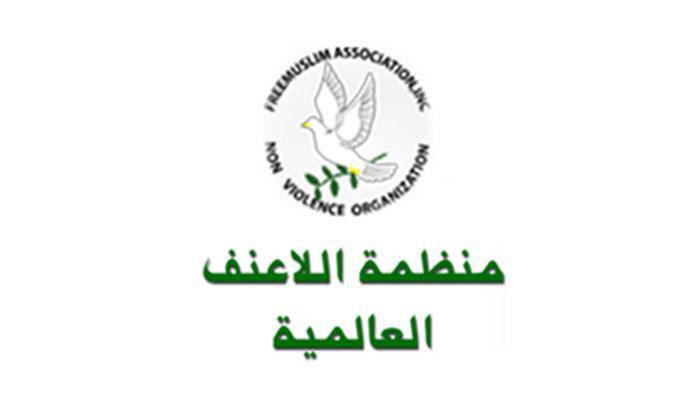Double-digit growth expected for Islamic finance industry

Stronger economic growth in core Islamic finance countries is expected to boost industry assets about 10% from 2022 to 2023.
The global Islamic finance industry continued to expand in 2021, with assets up 10.2%, versus 11.4% in 2020, supported by banking asset growth. The increase last year was supported by Islamic banking assets in some GCC countries and Malaysia, the issuances of bonds exceeding maturities and the solid performance of the Islamic funds industry.
This year, higher commodity prices are expected to underpin a stronger recovery in many core Islamic finance markets.
Moreover, most of these countries are relatively resilient to macroeconomic shocks resulting from the Russia-Ukraine conflict. This will support the industry’s prospects for 2022-2023. However, global headwinds could change the picture by continued stubbornly high inflation, lockdowns related to Covid-19, and the US Federal Reserve and other major central banks ramping up their fight to rein in the inflation.
Faster bank growth is also expected to contribute to the industry expansion. With the more supportive economic outlook for many Islamic finance countries, bank financing growth is expected to accelerate.
In Saudi Arabia, continued mortgage demand and the implementation of Vision 2030 projects will create opportunities for industry expansion. In other (P)GCC countries, more positive economic sentiment, government spending and investments will help accelerate growth.
In South-East Asia, we expect the $290 billion Islamic banking market to expand at a compound annual growth rate of about 8% over the next three years.






